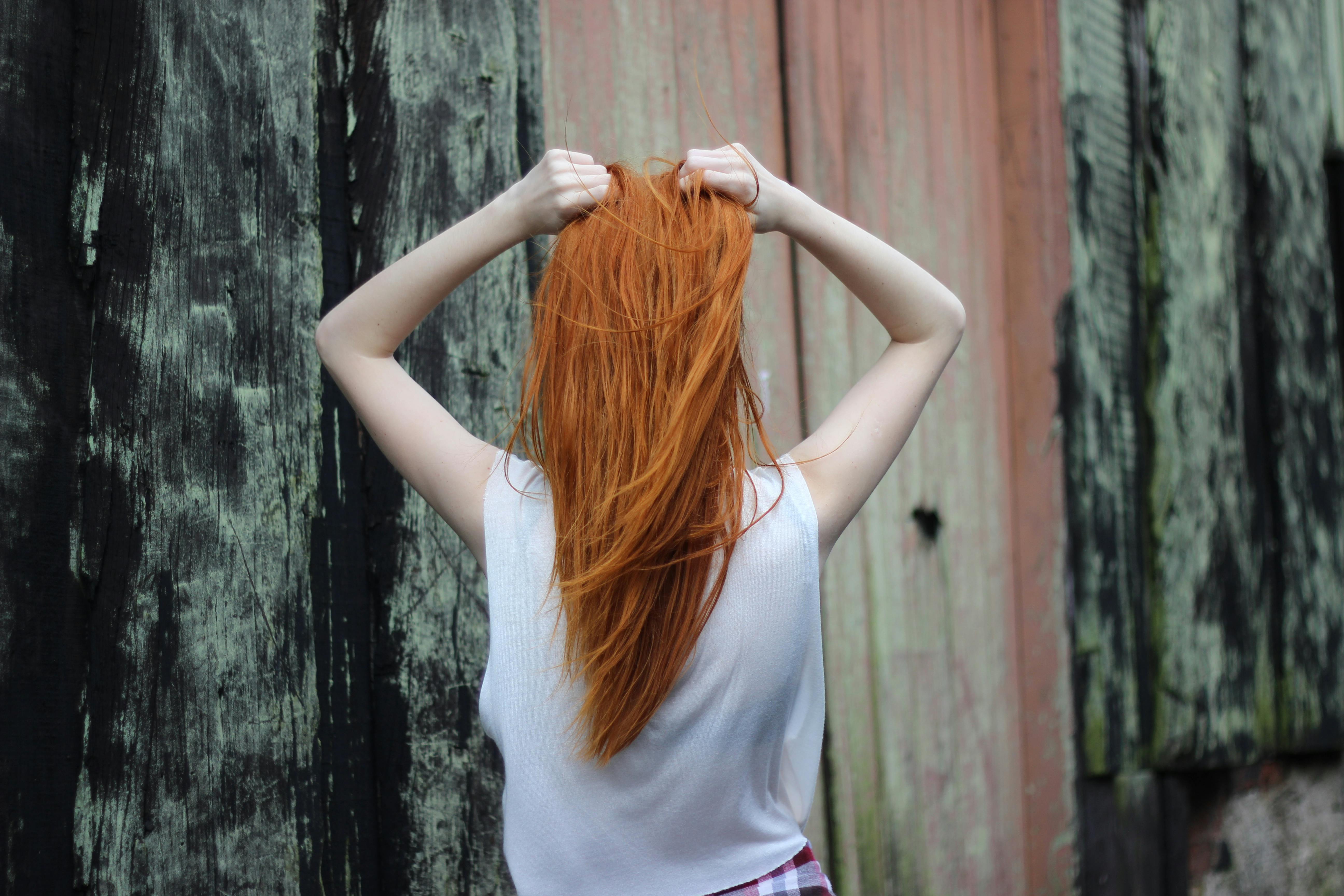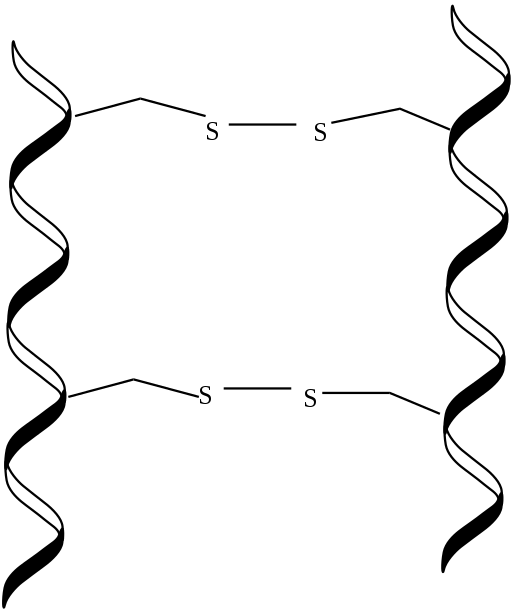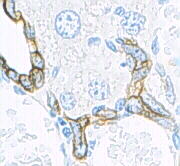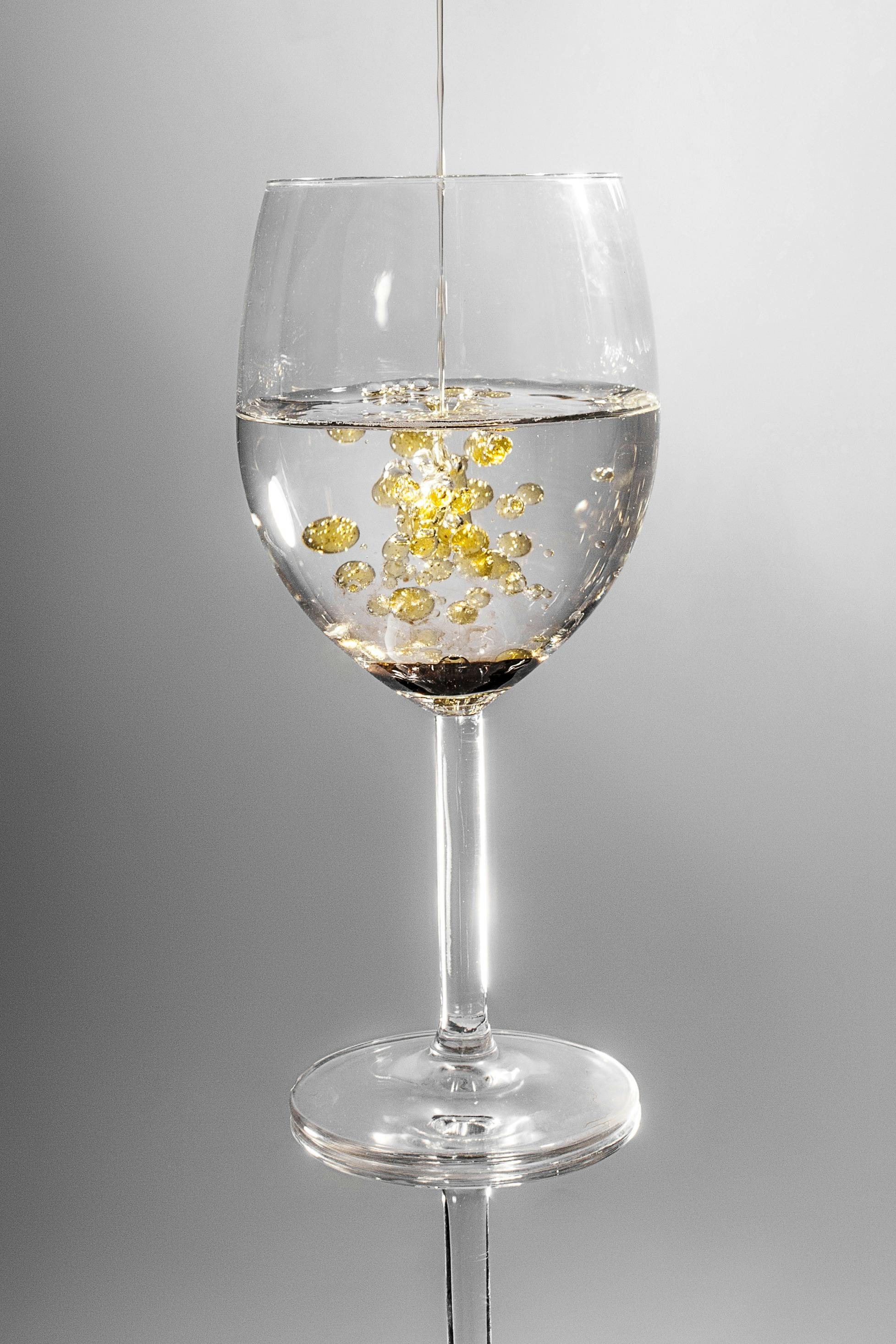Now we're getting more onto alternative haircare!
Henna, indigo, katam, cassia and amla
Henna, indigo, katam, and amla are herbal dyes and treatments. They are extracted from different plants. Henna, for example, is extracted from the henna tree, Lawsonia inermis. It is a ground up fine powder that you mix with water (sometime acid also) and let sit for a few hours for the dye to develop. You then apply the gunk to your hair, let it sit for a few more hours, and then rinse out. For exact instructions, read the label on the packaging.
Dyeing properties
Depending on your original colour your henna hair will look differently. Black hair will still be black (perhaps with a slight red shine in the sun), while light blonde hair will be orange. You should do a test strand first to see what it will look like. If you apply henna again, the colour will deepen, and with several applications, it will deepen to a burgundy colour. If you do a similar treatment with indigo first, then henna on top, you will get a brown shade. If you apply henna first, then indigo, you will get pitch black! Indigo on it's own will give a blue-ish colour. Katam on the other hand gives a bluish-greyish colour, but can be mixed into henna to tone down the red or give brown tones. It's less intense than indigo, and works better on grey hair than both henna and indigo. Amla has a light brownish-greyish colour and can be used to tone down red tones in henna somewhat. On darker hairs it can be used without any colour change. Cassia has a bright yellow colour that only stains light hairs, and wash out in a month or so. It's sometimes used to dilute henna.
Important to note is that henna is very permanent. Your best bet to get it out is to cut it off. The amount of bleach needed to get henna out will, in most cases, fry your hair beyond saving. Katam and indigo are less permanent, but still stick to your hair quite well.
Treatment properties
Herbal dyes are also good for your hair, in difference to chemical dyes. The dye that henna deposits on your hair shaft is akin to a protein treatment in that it fills in cracks in the hair. The good thing here is that henna is relatively permanent, while protein treatments wash out. This conditioning effect may abate somewhat over time, but not entirely. Henna may relax your curl pattern a bit, but that's not for sure. Indigo and katam have less conditioning properties, but then again, they are rarely used without henna. Amla is considered to condition your hair and promote your curl pattern, and washes out after awhile. Cassia has similar strengthening and conditioning effects to henna, but less intense, and washes out after a few weeks.
These are the most common herbal dyes and treatments, but there are many more out there, such as rhubarb root, neem, and shikakai, that can be used for conditioning, strengthening, cleansing, dyeing, pretty much all you can think of! If this seems interesting to you, just hang tight, I'm currently researching for a post on specifically Ayurvedic herbs and haircare!
~ Siv




